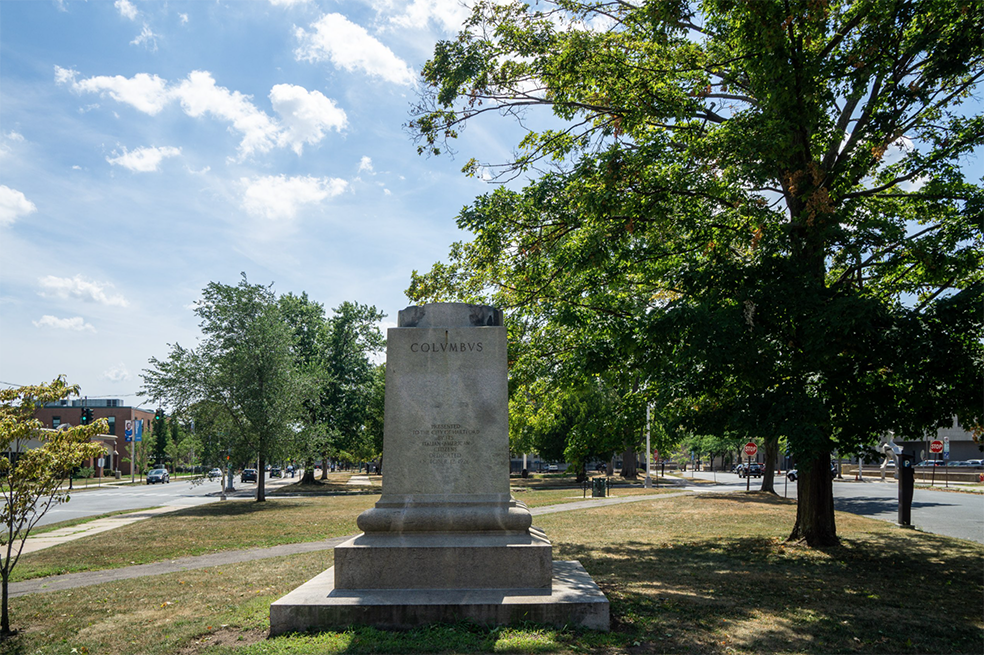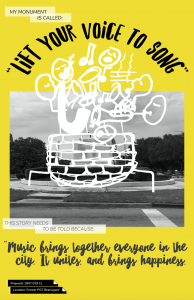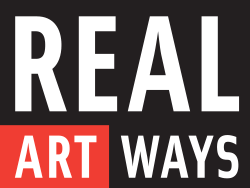
Photo by Kenneth C. Zirkel
The empty pedestal of a Christopher Columbus statue in Hartford removed in June of 2020.
Connecticut! We want to share your ideas in our exhibition on monuments, Statues Also Die.
As confederate and colonial monuments are toppled, defaced and forklifted into storage, the question arises: what (if anything) might take their place?
Do you have thoughts about monuments?
What story would your monument tell?
Where would it live, what would it look like?
We will take your idea – in words, and/or in images – and include it in Statues Also Die.
Everyone can participate. (You do not have to be an artist.)
Every submission will be included in the exhibition.
Here’s how it works:
You submit your idea.
Hartford-based design lab VEO VEO will take each idea and add it to a 19” x 13” poster template. Each idea will have its own poster. (Submission form is at the bottom of the page)
We will receive submissions through January 21, 2021.
To learn more about Statues Also Die click HERE.
Your submission form needs to include:
1 – The name of your monument.
2 – The brief story of your monument (who or what does it represent? why does this story need to be told?) We’re thinking 2 or 3 sentences.
3 – The location of your monument.
4 – A visual representation of your monument (this can be a handmade sketch or drawing, a digital image or rendering, or, a description using words) sized to 8.5”h x 11”w.
Questions? Contact Visual Arts Manager Neil Daigle Orians at norians@realartways.org.
This call for ideas was inspired by other projects that created spaces of justice with public design. Specifically (and with their permission), it borrows core elements from Open Calls for Public Proposals conceived and led by Monument Lab in Philadelphia in 2016, and Paper Monuments in New Orleans in 2017.
As you imagine a new monument, please consider:
What might a monument that represents collective desires, needs or identities look like?
Whose stories have yet to be told?
What places, events, and movements have shaped a place, and impacted lives?
What location deserves a monument?
What new forms might monuments take?
How could the process of monument-building be made more inclusive and equitable?


